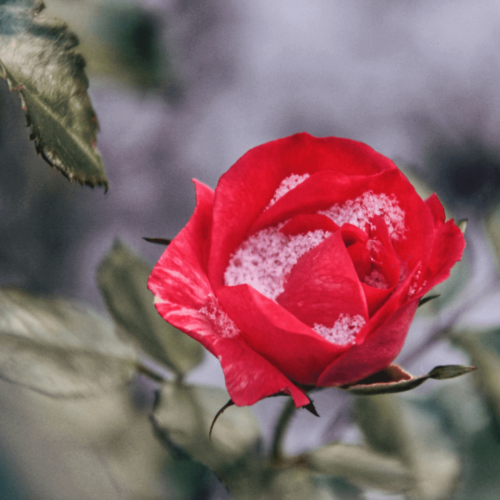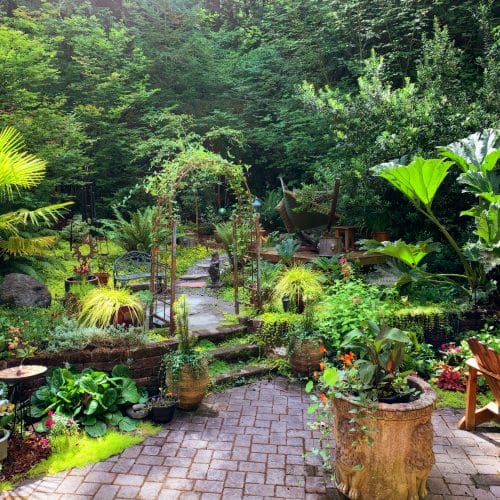Recently, I sought advice from a friend who runs a successful lawn care business, aiming to enhance my yard with the best trees. His expertise in arboriculture has already left my existing trees in a state of enviable health and beauty. During our conversation, I expressed my admiration for the majestic Camphor tree adorning my neighbor’s front yard. Its evergreen canopy, offering a lush, leafy retreat without the hassle of seasonal leaf shedding, captivated me.
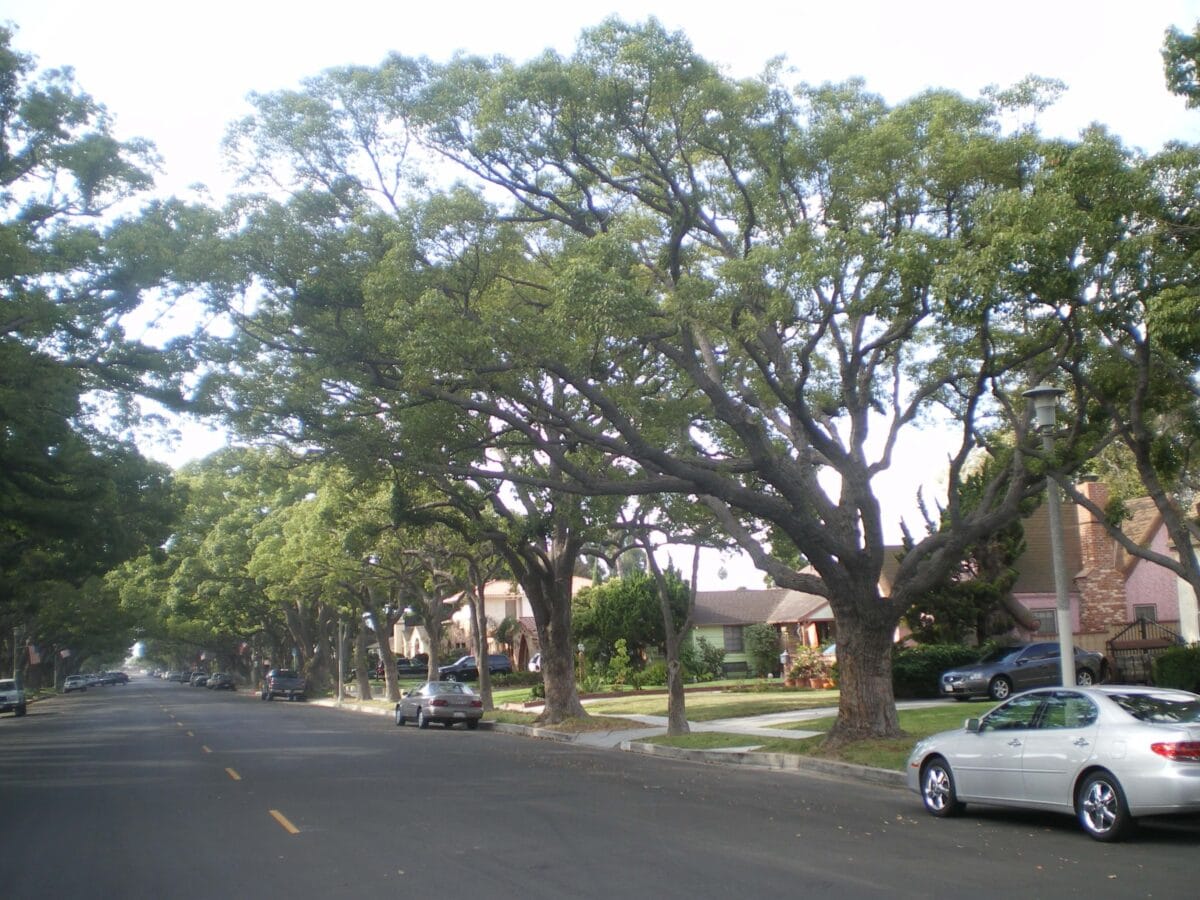
However, my friend pointed out that while the Camphor tree’s year-round greenery is appealing, it might not meet my needs for both summer shade and winter sunlight. He emphasized the importance of choosing trees that not only provide a cool refuge during the hot summer months but also allow sunlight to penetrate in the winter, when the warmth of the sun is most welcome.
He recommended several trees known for their seasonal adaptability, ensuring comfort throughout the year. Deciduous trees, which shed their leaves in autumn, emerged as the top choice. This natural cycle allows them to offer dense shade in the summer, then permit sunlight to filter through their bare branches in the winter.
Among the recommended species were the majestic Oak, known for its robust structure and expansive canopy, providing ample shade in the summer. In winter, its bare branches allow sunlight to pass through, brightening the colder days.
The Maple tree, with its vibrant fall foliage, also stood out. Its broad leaves create a cool, shaded environment in the summer, and when they fall, they reveal a skeleton that welcomes winter sunlight.
Another notable mention was the Birch tree, celebrated not only for its picturesque bark but also for its light, dappled shade in the summer, which transitions to an open framework in the winter, allowing sunlight to permeate.
The Tulip tree, with its large, uniquely shaped leaves, offers substantial summer shade, while its winter silhouette permits sunlight to reach the ground.
My friend’s insights transformed my understanding of tree selection, highlighting the importance of considering seasonal changes in my landscaping decisions. By choosing trees that provide shade in the summer and sunlight in the winter, I can create a yard that offers year-round comfort and enjoyment.
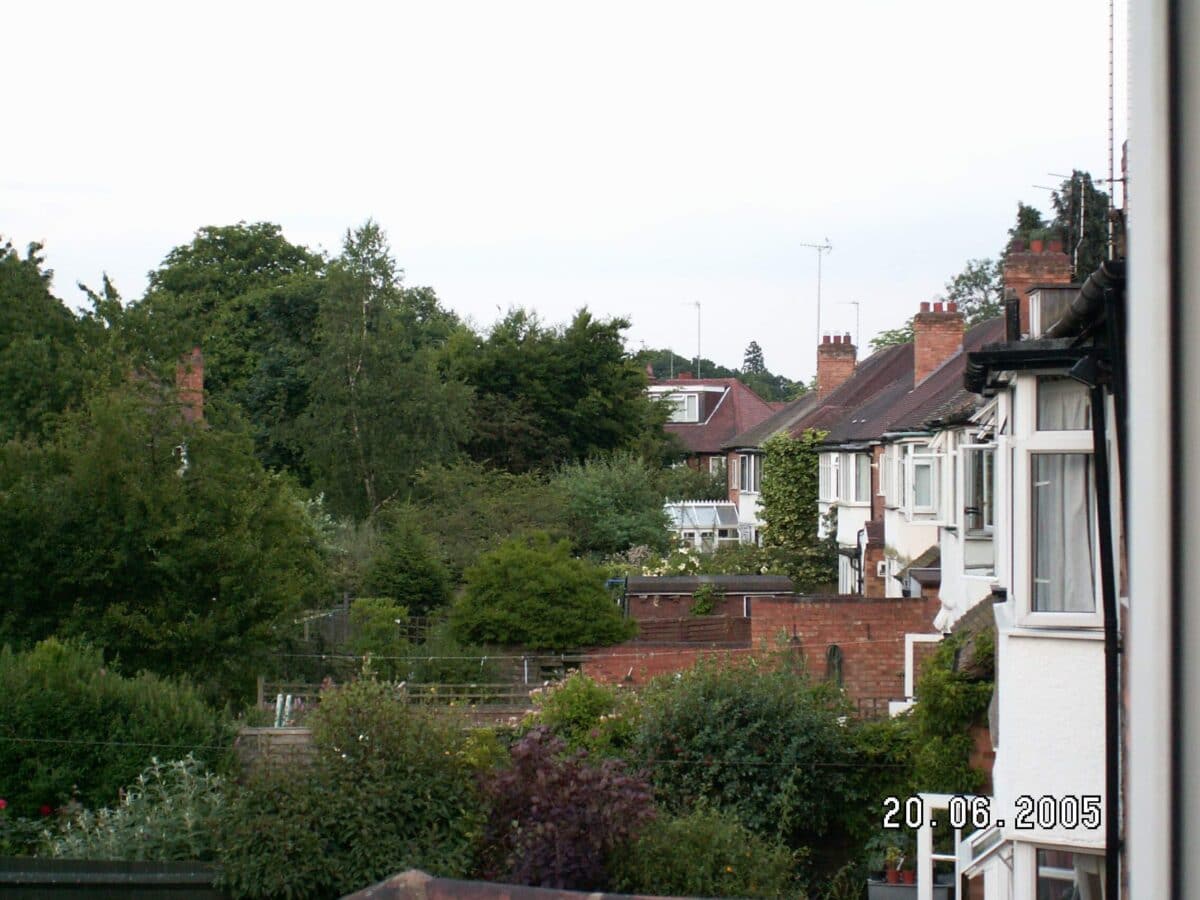
Brad greeted my admiration for evergreen trees with a knowing smile, swiftly highlighting a crucial oversight in my preference. He explained that trees retaining their foliage throughout the year could inadvertently block the warming rays of the sun during winter, depriving our homes of natural warmth on those brisk winter days.
He emphasized that the ideal trees for any yard are those that offer cool shade in the blistering summer months and allow the sun’s warmth to penetrate in the winter, at least when the sun decides to grace us with its presence.
My approach to selecting yard trees had always been singularly focused on providing ample shade during the summer heat. The added convenience of not having to rake leaves in autumn was merely a pleasant side effect.
Brad’s perspective unveiled a new dimension to tree selection that seemed so evident in hindsight, yet it had never crossed my mind.
Brad’s advice came with its nuances. He illustrated this by referring to a tree located at the end of the block. This particular tree, situated in a front yard on the south side of the street, barely impedes the winter sun due to the sun’s trajectory in the southern hemisphere during those months.
This example underscored that the impact of a tree’s canopy on sunlight accessibility could vary significantly based on the tree’s position relative to the house. It was a clear reminder that both the location of our homes and where we plant our trees are critical factors in achieving the desired balance of shade in summer and sunlight in winter.
Prompted by this revelation, I found myself reconsidering my long-standing favorite choice for a yard tree. Curious about alternatives, I asked Brad to share his preferred type of yard tree.
He introduced me to a category previously unfamiliar to me: Deciduous trees. These trees, characterized by their cycle of shedding leaves in the fall or winter, struck me as the embodiment of Brad’s ideal. Their leafless state in the colder months permits sunlight to filter through, warming our homes, while their lush foliage in the warmer months provides a natural canopy of shade.
Brad’s insights not only broadened my understanding of how trees can enhance or detract from our home’s comfort across seasons but also highlighted the importance of thoughtful tree selection. It’s clear that the right tree, placed thoughtfully, can significantly contribute to our home’s energy efficiency by leveraging the natural cycle of the seasons.
As I pondered over Brad’s favorite deciduous trees, it became evident that the quest for the perfect yard tree is as much about embracing the rhythm of nature as it is about personal preference.
Table of Contents
Oaks vs. Maples
One of Brad’s favorite yard trees in this category is the beautiful and humble maple tree. Of course, you have your choice from among several varieties of maple trees. The really good news is that I planted a maple tree in my front yard about ten years ago. And thanks to Brad’s limb trimming, it’s growing nicely.

Brad also likes the Valley Oak, as it grows quickly. On the downside, he tells me it takes too long for all the leaves to fall – often taking from October through January in California where we live. Plus, these mighty oaks grow very tall so they may not be ideal for your yard.
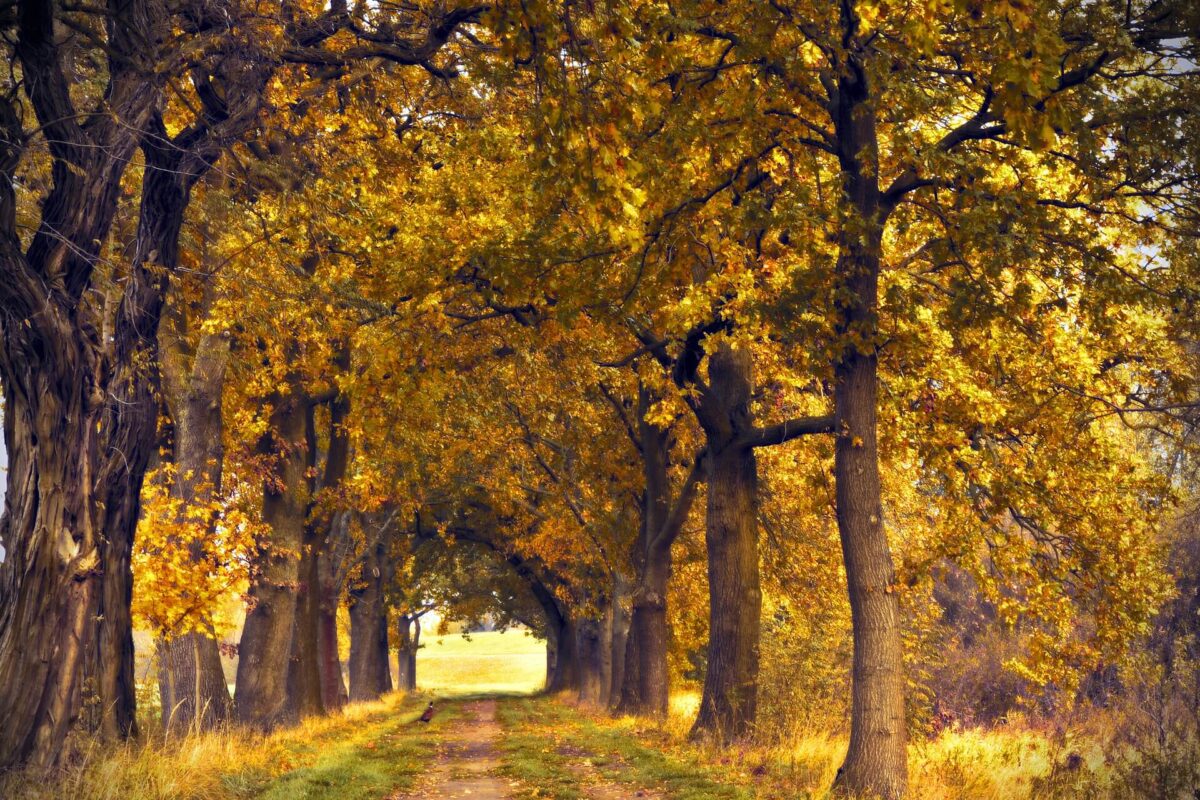
My next door neighbor has a valley oak in the front yard and its falling leaves can be found in my yard and gutters during the winter months. Another very important thing to consider is the cost of trimming very tall trees. My neighbor spent $1,200 to have his oak trimmed about two years ago by a certified arborist. Yet, it didn’t look right. A year later another company charged him only $600 and did a much better job. So, in two years my neighbor spent $1,800 to trim this monster.
Trimming shorter maple trees is much less costly.
Too often, folks fail to keep their yard trees trimmed and this causes expensive trouble down the road. It’s imperative that you select your yard trees wisely to minimize the cost of trimming while enjoying shade in the summer and heat in the winter year after year.
Other Beautiful Deciduous Trees
Dogwood trees
One deciduous tree that always looks beautiful and interesting in any backyard is the Dogwood tree. It bursts into bloom in spring with large white, pink, and red blossoms depending on the species. In the summer, it offers a lush canopy of foliage, and most species of Dogwood drop their leaves in the winter. There’s a variety for most regions of the U.S., making it one of the most popular flowering trees in America. Click here to learn more about Evergreen Dogwood trees.

Cherry trees
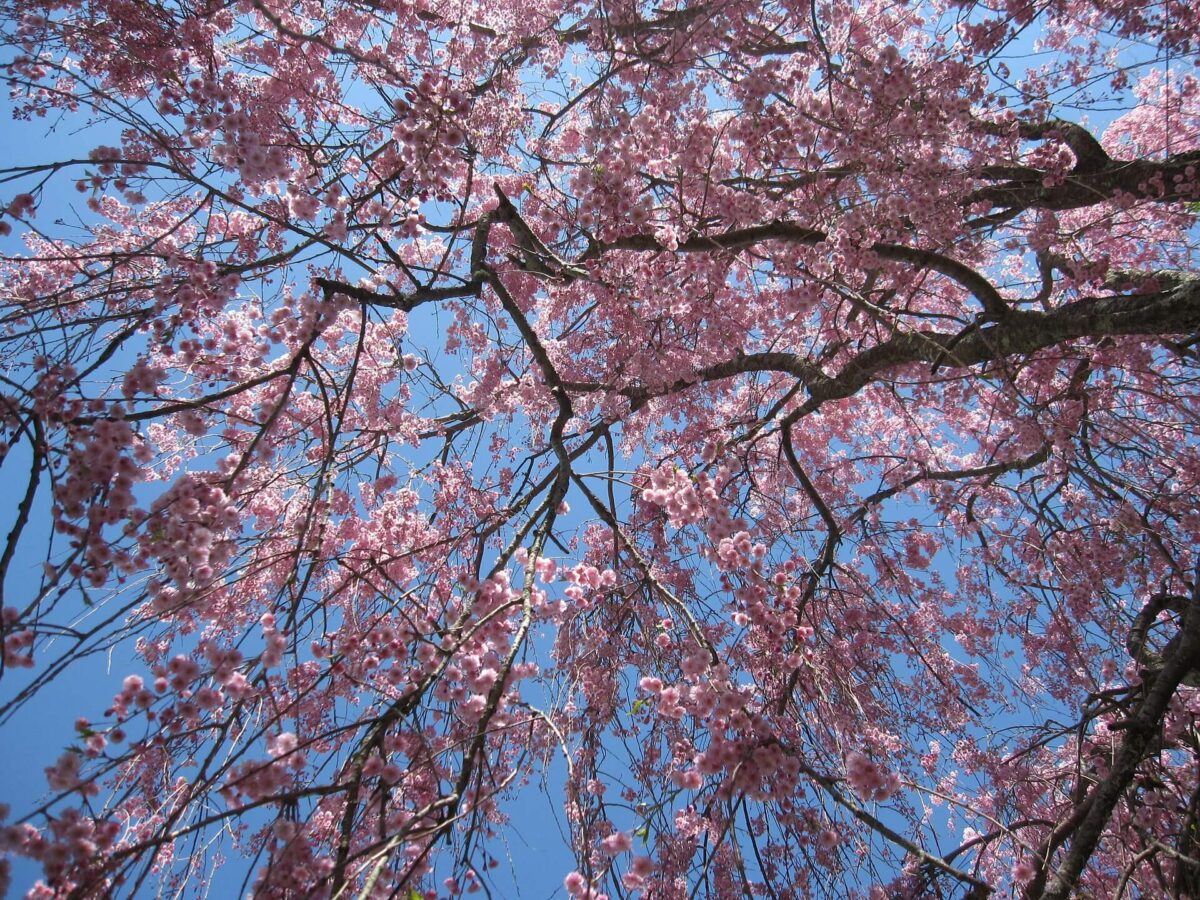
The Weeping Cherry tree is another versatile, yet beautiful option for a front or backyard tree. With cascades of elegant white and pink blossoms in the spring, this tree is always the envy of the neighborhood. Many species provide a wide spread of branches, and thus shade, while simultaneously being compact enough to fit in any yard. Like all deciduous trees, the Weeping Cherry looses its foliage in winter, making sure to let in that much needed sunlight and warmth.
Talking trees with my friend Brad has given me new insight on the importance of selecting the right trees for your specific yard and house. If you already have undesirable trees in your yard, it’s never too late to have them removed so you can start over planting the right trees for your yard. Now, you can try and impress your friends and neighbors by using the word “deciduous” when talking trees.
Happy planting!
- About the Author
- Latest Posts
I strive to paint vivid landscapes with my words, bringing the magic of far-off lands and enchanting aromas to life for my readers. Combine passion for exploration and the art of gastronomy in an unending ode to the senses. When I’m not traversing the globe, I find solace in the earth beneath my fingertips, tending to my garden and working on projects around my verdant oasis. MK Library serves as a beacon, guiding fellow travelers and homebodies alike to embrace sustainability, nurturing both our planet and our souls with purpose. Full Bio.


